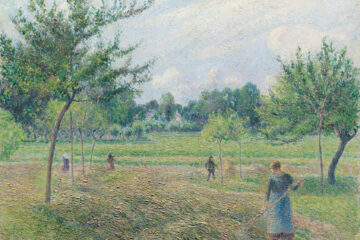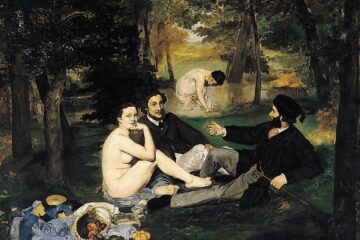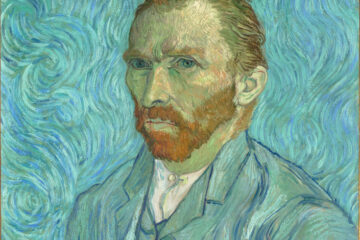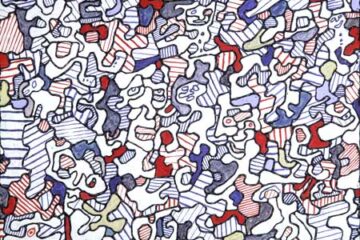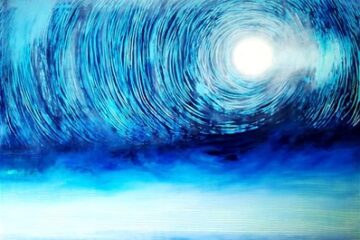To sing its story of the journey from slavery to freedom is how we fulfill the book. View the study sheet here. Watch the recording here.
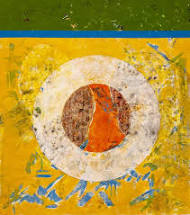
It can be a limited and narrow existence, the life of a word. I read the word “chair,” and immediately I limit the possibilities of what I understand the combination of those letters to mean. It is not an elephant. Not a school bus. So many things it is not. The world of words is, by our agreement as users, one defined by certainty and predictability. I know that when you say to me, “Please, sit in the chair,” you do not mean “Please, eat the apple.”
As important as it is that we understand one another, this daily diet of discrete meaning can also have a negative effect. Imagination becomes tamed. Possibilities I can conceive for myself and others shrink. Mysteries are to be solved rather than marveled at. Control and dominance are more valued than wonder and enchantment.
Torah is an instrument of liberation. The story it tells is one of freedom from slavery some three thousand years ago. But the way it tells that story trains us to be liberators now. Its words carry the DNA of the divine, a trace of the infinite. Its language is full of ambiguity. Absent from the Torah scroll are vowels, multiplying the possibilities contained within the consonants. To be bearers of those words is to midwife the divine into this world, by disturbing their static existence. By restoring to them their inheritance as vibrating resonances of meaning.
Pictured here is Rene Serrano Rodriguez’s painting Redemption Song. Rodriguez was born in 1975 in Celaya Guanajuato, Mexico. He began painting as a young child. He describes himself as an “audiophile enthusiast who lives near the forest.” I do not know why he titled this work Redemption Song. I only know what his invitation to view it causes me to see: radiant energy at the center; tendrils of life extending outward in search of attachment; a verdant plain across the border of a band of blue sea. Will birthing life breach the border and establish itself in that place of promise?
I do not know. I only know that Redemption Song is also the name of a song by Bob Marley. It is a song about slavery and freedom. The strengthening hand of God reaches across into history and deep into Marley’s personal life. Marley wrote the song after he had been diagnosed with cancer, which eventually took his life. His widow Rita said that he was struggling with his mortality at the time. Unlike most of his song tracks, this was recorded as an acoustic solo. Marley, alone with his guitar and his voice. Vulnerable. And he calls upon us, and perhaps himself, to continue the struggle against slavery and the journey to freedom. “We’ve got to fulfill the book,” he sings. How?
“Won’t you help to sing/These songs of freedom?/’Cause all I ever had/Redemption songs/All I ever had/Redemption songs/These songs of freedom/Songs of freedom.”
Up till now, the voice in Deuteronomy has been only that of Moses. This week God’s voice intervenes to instruct: “Teach this song to the people of Israel. Put it in their mouths.” Why in their mouths and not in their ears? So that they will not merely hear it but sing it.
All along our reading of Torah we may have thought that we were being taught how to be listeners, how to hear. Its closing chapters reveal that it has been preparing us to become singers, vocal artists who give meaning to words with unique rhythm, inflection and phrasing. We are called to give robust vibrancy to expanding possibilities in this world. It is how we fulfill the book.
Join us here at 7:00 p.m. (PT) Thursday September 7 as we explore fulfill the book, sing the song.



